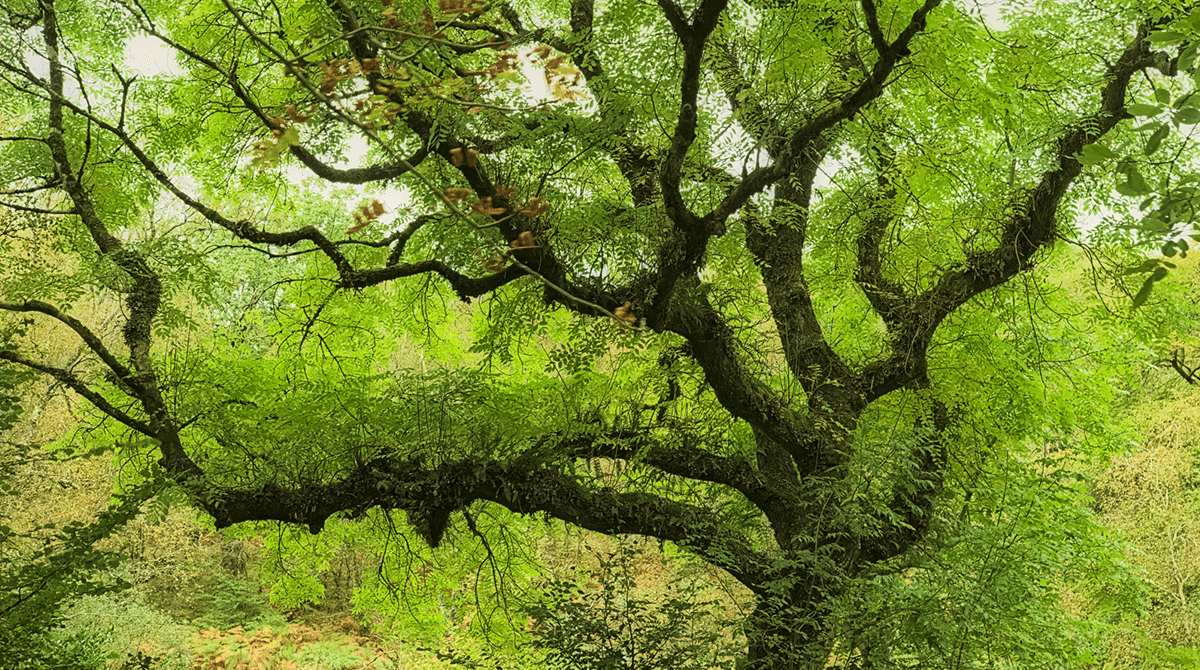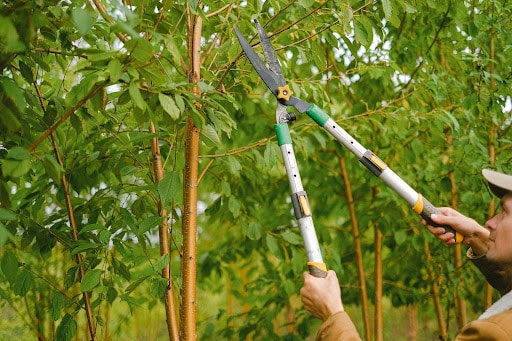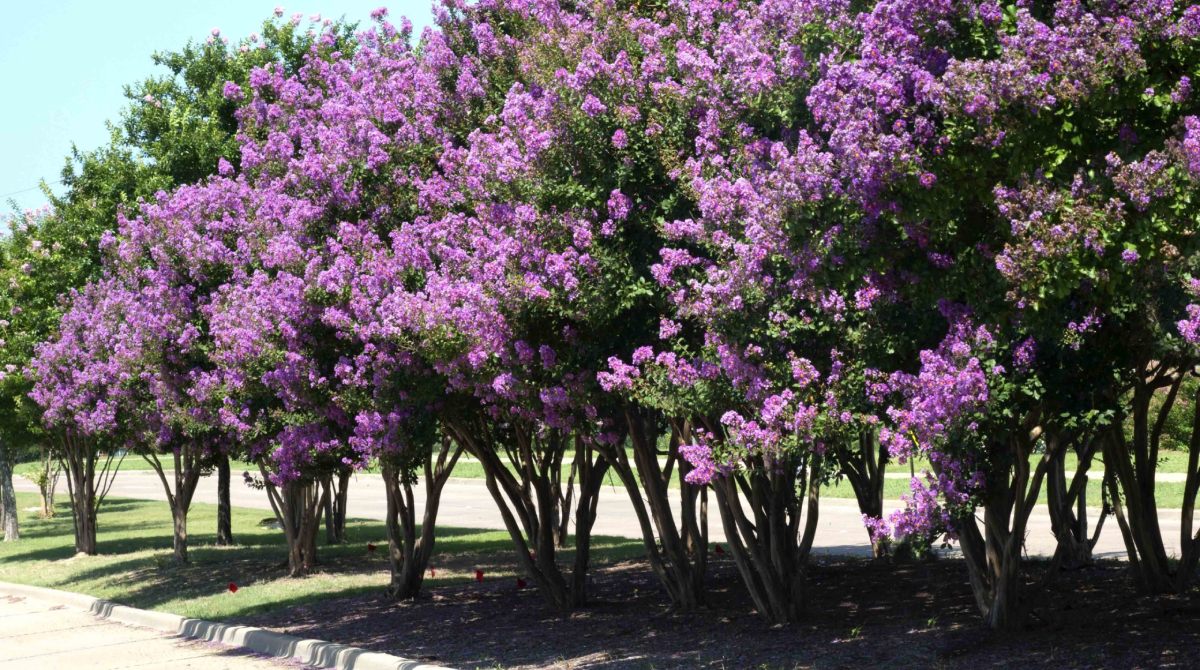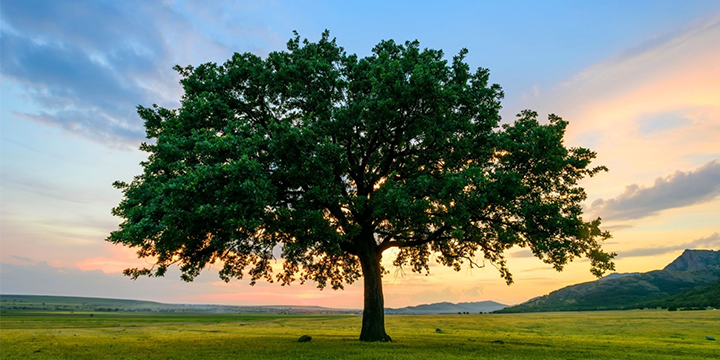
Date June 22, 2021
Category
If you have an Ash tree on your property, you need to know about the little green beetles that are a big threat to our Dallas-Fort Worth area trees. The Emerald Ash Borer is a pest that only plagues Ash trees. They’ve become a serious problem throughout the United States and have recently made an appearance in North Texas. While not all insects are bad for our landscapes, this is a bug you don’t want making a home in your yard. Below is everything you need to know about the Emerald Ash Borer and what you can do to protect your Ash trees from this deadly pest.
Where’d they come from? Why is this a problem now?
Emerald Ash Borer (EAB) is native to Eastern Asia. Established populations of EAB were first detected in the United States in 2002, although researchers suspect the pests were first introduced to the U.S. as early as the mid-1990s. They have since spread to more than 35 states, including Texas, and have killed tens of millions of Ash trees in North America. They recently reached North Texas. The first report of Emerald Ash Borer was in Fort Worth in 2018, followed by reports of EAB in Denton County in May 2020. Today, tree care professionals throughout the DFW area are on high alert for signs of these pests, which can spread more than 12 miles in a year, and conservation experts warn that North Texans need to act quickly to prevent a full-scale infestation.
Do they only attack unhealthy trees?
In the U.S., Emerald Ash Borer infests both healthy and stressed Ash trees. Since our native trees didn’t coevolve alongside EAB, all 16 of our native North American Ash trees are vulnerable to these attacks, including native Texas varieties such as the Texas Ash, Green Ash, and White Ash trees, most commonly found DFW. Emerald Ash Borer infests large, mature trees and trees as small as two to three inches in diameter.
What should I look for?
The Emerald Ash Borer is a slender, metallic-green beetle less than half an inch long. Their life cycle is typically completed in one or two years, depending on the host’s vitality, the climate, and the timing with which they lay their eggs. Their flight season begins in May or June, peaks mid-summer, and ends in September. The females generally lay eggs in early summer, which hatch after seven to ten days and tunnel into the vascular tissue, creating serpentine galleries and blocking the ability of nutrients to flow through the tree. Ash trees with low population densities of Emerald Ash Borer often show little or no external symptoms of an attack, but you should be on the lookout for these symptoms in your Ash trees:
- Canopy thinning and dieback: This symptom typically won’t be visible until a year after the infestation. It will start at the top of the tree and work its way down year after year.
- Epicormic sprouting or suckers: These wild, leafy shoots that spring up from the base of the tree’s trunk are usually a sign that the tree is stressed.
- D-shaped exit holes: Adult EABs have flat backs and round bellies, so the exit holes they create when they emerge from the tree are often D-shaped. These holes can be found anywhere from the trunk to the top branches.
- Serpentine galleries and bark splitting: EAB is the only borer that makes galleries in this pattern. As the larvae feed under the bark, they create long, meandering snake-like galleries. These galleries are in the vascular tissue and only visible when the bark splits and falls off or is stripped away.
- Woodpecker activity: An increase in Woodpecker activity around Ash trees should be a red flag for any Ash tree owners. Woodpeckers like to feed on the larvae that are developing under the bark.
Should I consider treatments for Emerald Ash Borer on my tree?
There are insecticides available for treating Emerald Ash Borer, and they can be very effective as long as they are applied correctly. When considering whether or not an Emerald Ash Borer treatment is right for your tree, consider the value of the particular tree. Think about things like the health, shape, and location of the Ash tree on your property. If Ash tree disease treatments are applied correctly and appropriately to your Ash tree, they can boost the health of your Ash tree and add to the overall value of your landscape. Before treatments are applied, your tree should be examined by a certified arborist to check for pre-existing conditions. If they determine that Ash tree treatments and preservation techniques are right for your Ash tree, then EAB treatments must be applied to your tree at the correct time. A certified arborist can assess your tree and determine the best time to treat Ash trees for EAB on your property.
Will I have to treat my Ash trees every year?
Most insecticides currently recommended for Emerald Ash Borer management require a yearly application, although some give two years of protection. They should be applied by a professional. TreeNewal’s certified arborists are available to help, so reach out to our team with any questions you may have concerning Emerald Ash Borer’s treatments.
TreeNewal can help with Emerald Ash Borer Treatment and prevention
If you think your tree might be infested or at risk of infestation by Emerald Ash Borer or other pests, you should immediately reach out to a certified arborist tree service. TreeNewal’s ISA Certified Arborists are trained in the prevention and treatment of Emerald Ash Borer. At TreeNewal, we have multiple ISA Certified Arborists on staff, as well as a team of highly qualified tree care experts. Our tree doctors Dallas care about tree health care in all stages of the tree’s life cycle. TreeNewal offers expert tree care services, such as tree trimming, tree pruning, pest and disease control, root aeration, and more. If your tree is past the point of saving, we also offer tree care services such as tree removal and trunk removal. We are equipped to safely dispose of any infested trees, branches, or stumps. For more information, go to our website at treenewal.com. To set up an appointment, call us at tel:(817) 592-6846.
To learn more about Should I Treat My Ash Tree for Emerald Ash Borer?, call our Argyle and Southlake-based teams
at tel:(817) 592-6846 or send us a message.
We’re a little different than the average tree services company.
Learn more about TreeNewal’s ISA Certified Arborists!
Our Dallas/Fort Worth-based tree doctors can explain how sustainable tree care services add more value to your bottom line.
Healthy trees, healthy lives.








